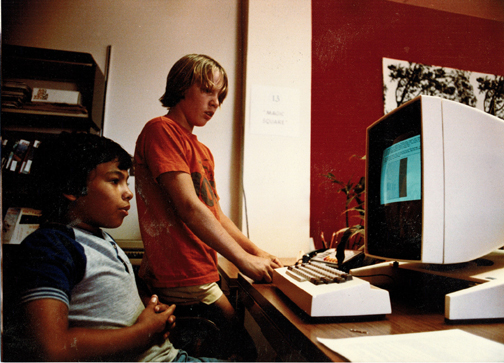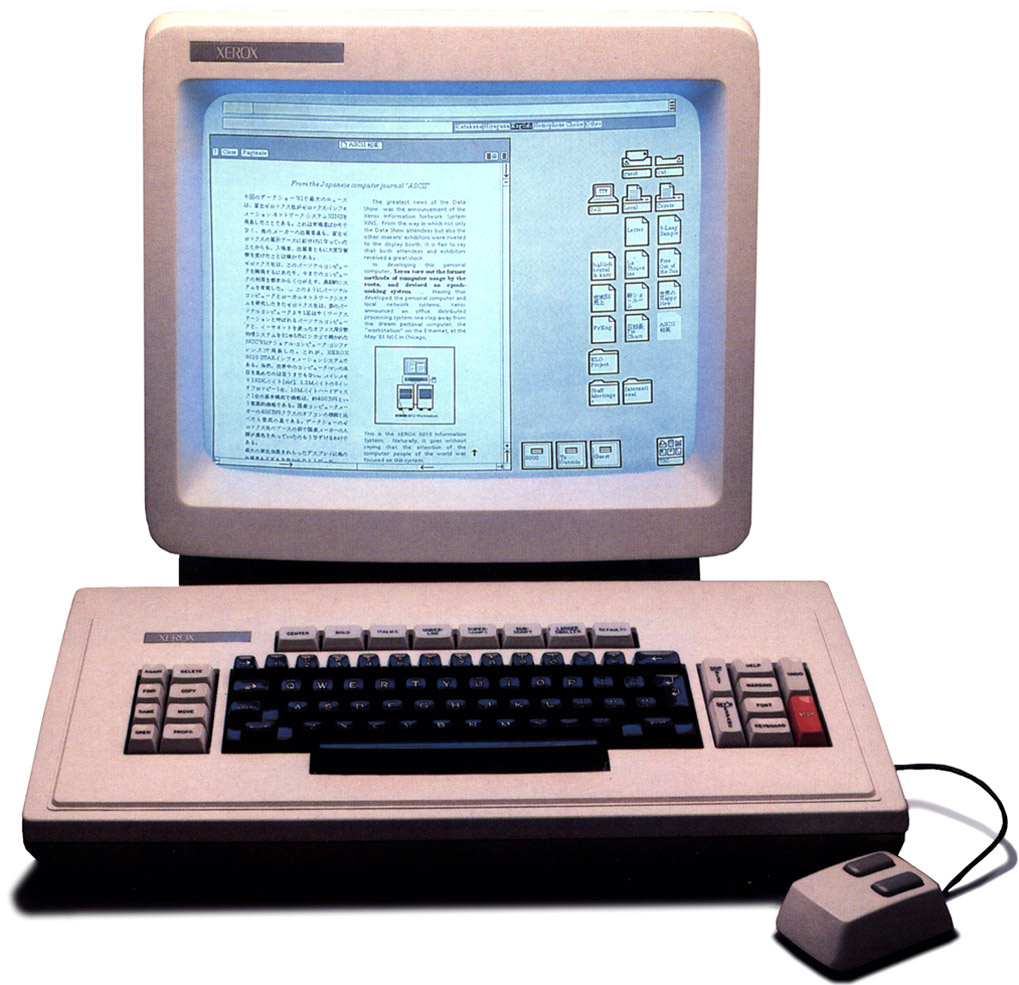http://www.amazon.com/Where-Wizards-Sta ... 797&sr=1-1
Dealers of Lightning - Xerox PARC and the Dawn of the Computer Age:
http://www.amazon.com/Dealers-of-Lightn ... 739&sr=8-2
While not necessary to read them both, they do complement each other because they both occur in the same time frame and the same individual - Bob Taylor - is a central story in both.
Bob Taylor was an ARPA (forerunner to DARPA) administrator who was responsible for directing and funding the primary research to create the ARPANet (which eventually evolved into The Internet).
After burning out at ARPA, Bob Taylor went to work for Xerox as the first director for their computer research division (Xerox PARC) and managed a team of brilliant scientists who went on to design the LaserJet printer and the Xerox Alto PC in 1973.
LONG before Windows and Apple, while most computers were still programmed via teletype or punch card and took up a whole room, the Alto had all the elements of a modern PC: It was a PERSONAL computer never designed for timesharing (unheard of at the time), relatively small (about the size of a mini-bar fridge), had a real time video display, a mouse, a light pen, and a graphical interface.
Apple and Microsoft outright stole all these ideas from Xerox. When Apple sued Microsoft more than a decade later for infringing on their patent on a graphical interface, Microsoft's defense was basically "we didn't steal it from you, we both stole it from Xerox".
While Xerox has made a fortune from LaserJet patents, the bean counters never saw the future in a "personal" computer. The Alto was 10 years ahead of it's time. Xerox management could not see a day when people would want or need a "personal" computer and didn't believe that it would ever be cost effective.
The Alto itself was too expensive to actually market in 1973 and was used in-house at PARC, where they were all networked together and allowed researchers to collaborate. It was also used for advanced graphical imaging research. PARC was an "idea factory" and the Alto's designers understood that while a personal computer for the masses was too expensive in 1973, in 10 years the cost of memory would be cheap enough to make it practical to put one in every home and office (they were right). Some of the Alto's designers even foresaw the coming of the laptop computer.
It's really fascinating to read both these books back to back (I would recommend starting with "Where Wizards Stay Up Late" to stay in chronological order). Wizards is a better written book, but they're both a good read. Lots of fun behind the scenes stories of hands-on engineers trying to make things work.
One funny story is that when Xerox PARC was created, and needed to decide on what time sharing computer to buy for their offices, Bob Taylor and his computer engineers picked the DEC PDP-10 (DEC was a direct competitor to Xerox) instead of the computer made by Xerox's computer division. Their reasoning, being engineers and not understanding corporate politics, was that the PDP-10 was the better computer for the job. This would be equivalent today to everyone working at Microsoft's research division ordering Macs.
Since management balked at the request, the engineers at PARC did the most logical thing they could think of: they built their own clone of the DEC PDP10 - improving on it while they were at it. Building it from scratch in less than a year for about the same money as a new PDP-10 would have cost ($750,000), and in the process designing a new memory system for it built around a new product that a fledgling company called Intel was trying to market: Dynamic RAM.
Xerox Alto Computer:





